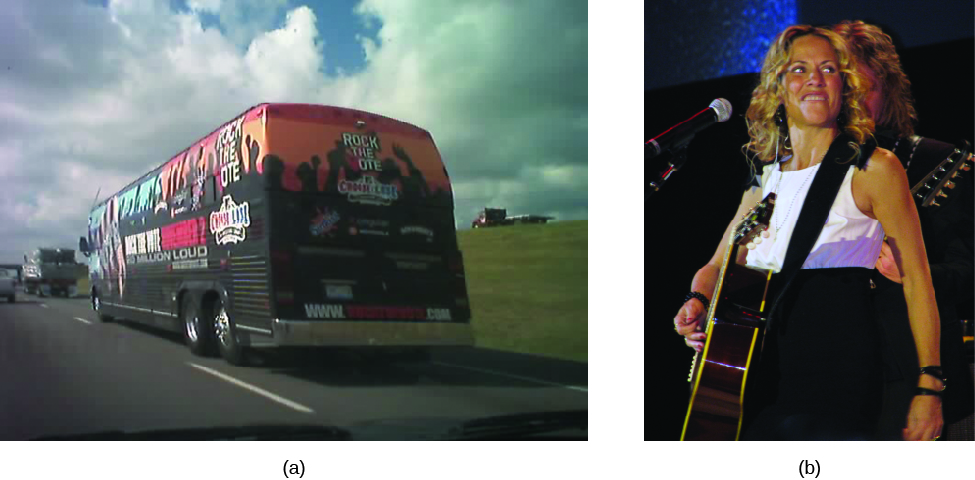| << Chapter < Page | Chapter >> Page > |
By the end of this section, you will be able to:
Campaign managers worry about who will show up at the polls on Election Day. Will more Republicans come? More Democrats? Will a surge in younger voters occur this year, or will an older population cast ballots? We can actually predict with strong accuracy who is likely to vote each year, based on identified influence factors such as age, education, and income. Campaigns will often target each group of voters in different ways, spending precious campaign dollars on the groups already most likely to show up at the polls rather than trying to persuade citizens who are highly unlikely to vote.
Low voter turnout has long caused the media and others to express concern and frustration. A healthy democratic society is expected to be filled with citizens who vote regularly and participate in the electoral process. Organizations like Rock the Vote and Project Vote Smart ( [link] ) work alongside MTV to increase voter turnout in all age groups across the United States. But just how low is voter turnout? The answer depends on who is calculating it and how. There are several methods, each of which highlights a different problem with the electoral system in the United States.

Interested in mobilizing voters? Explore Rock the Vote and The Voter Participation Center for more information.
Calculating voter turnout begins by counting how many ballots were cast in a particular election. These votes must be cast on time, either by mail or in person. The next step is to count how many people
could have voted in the same election. This is the number that causes different people to calculate different turnout rates. The complete population of the country includes all people, regardless of age, nationality, mental capacity, or freedom. We can count subsections of this population to calculate voter turnout. For instance, the next largest population in the country is the
voting-age population (VAP), which consists of persons who are eighteen and older. Some of these persons may not be eligible to vote in their state, but they are included because they are of age to do so.

Notification Switch
Would you like to follow the 'American government' conversation and receive update notifications?